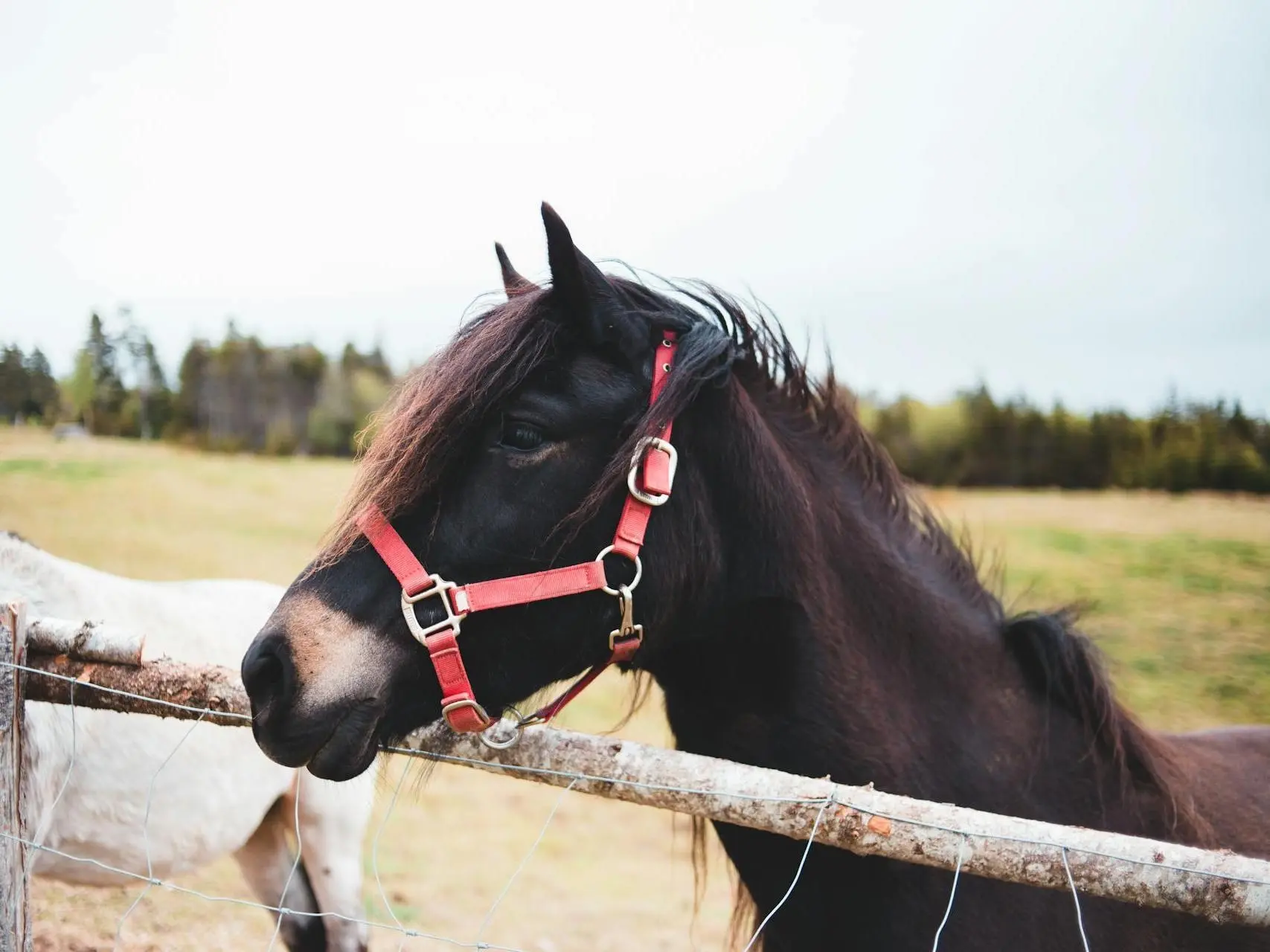
The genetic inheritance of pangaré is unclear and it’s believed not to have an affect on black coats. This gene gene specifically affects the lower and soft spots of a horse, causing light hairs to grow in those areas. The light coloring ranges from a few shades lighter than the body to a creamy white. Pangaré varies considerably in intensity from animal to animal and breed to breed. The expression ranges from very little light, to light extending up around the barrel and down the legs.
Mealy Modifier
The picture below is a comparison of two similar colored horses, one (on the left) a mealy bay and the other a seal brown. Found in most breeds, mealy is most commonly found in pony and draft breeds. In fact, some breeds are almost exclusively mealy.
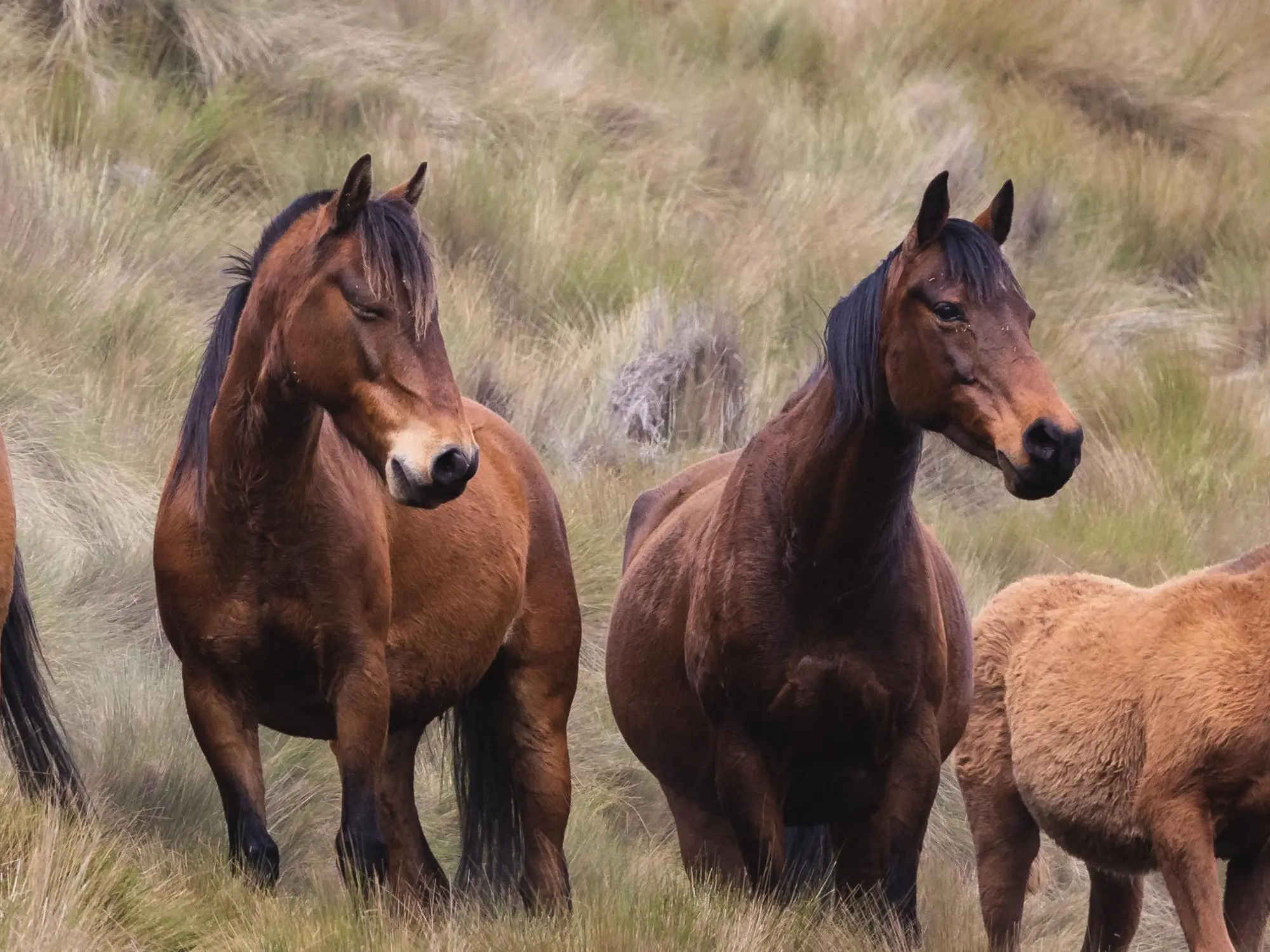
Identifying a Mealy
This is one modifier that is fairly easy to visually identify, they almost always have obvious pale hairs around their muzzle. The other soft spots tend to be affected in varying degrees. Here are some of the characteristics that define a pangaré animal and generally the easiest way to identify them.
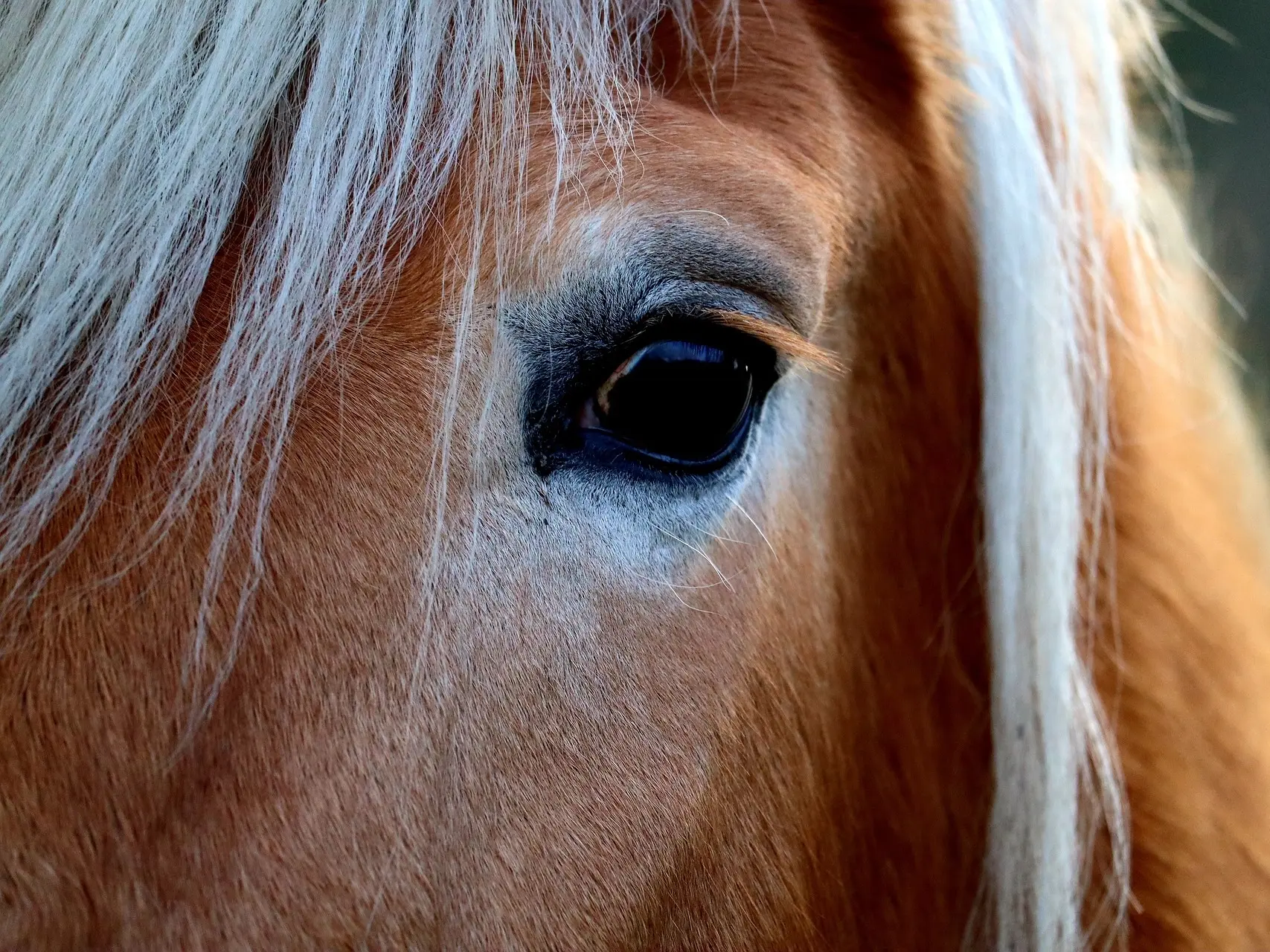
Light hair around the eyes
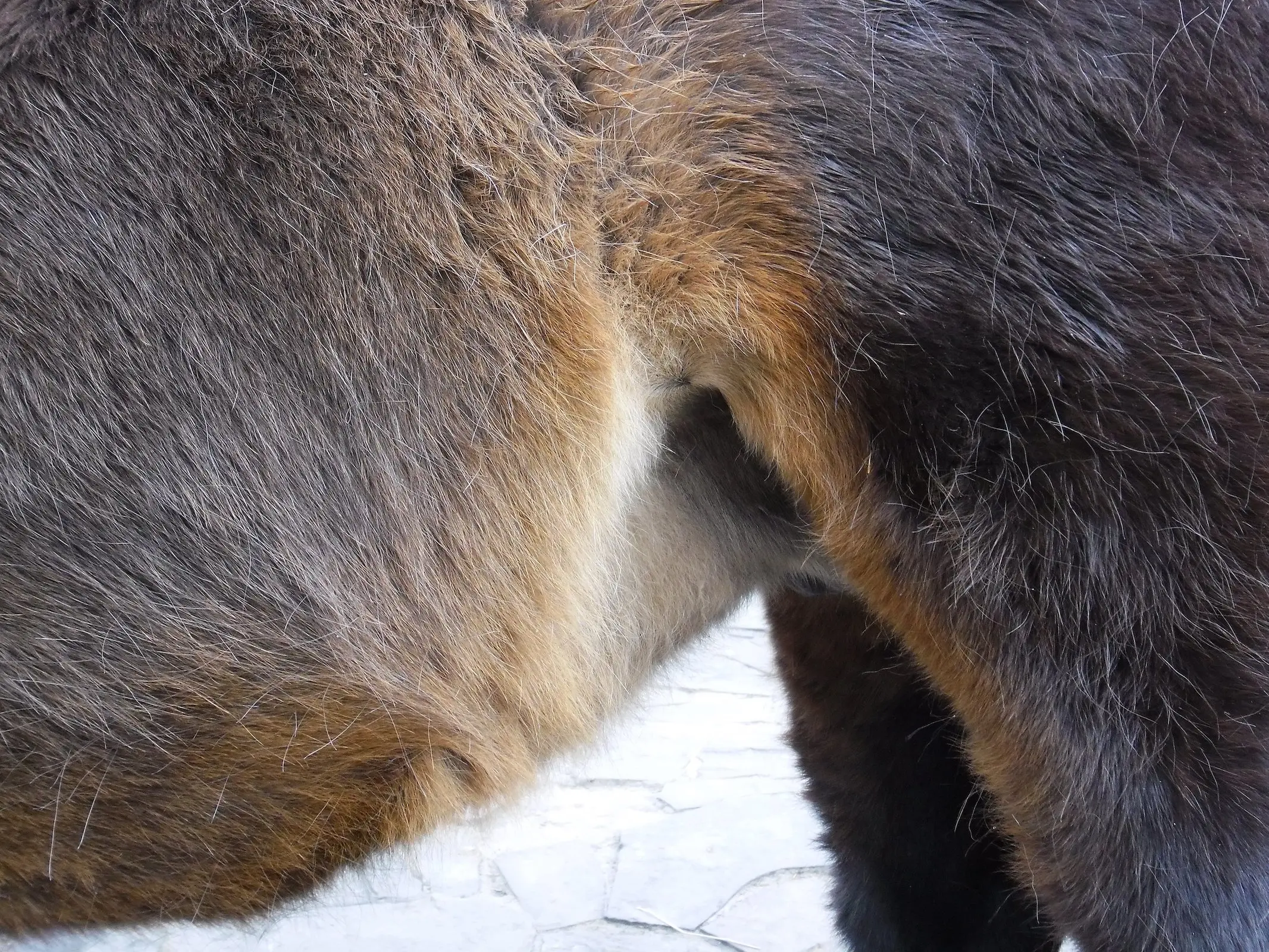
Light hair around the flank
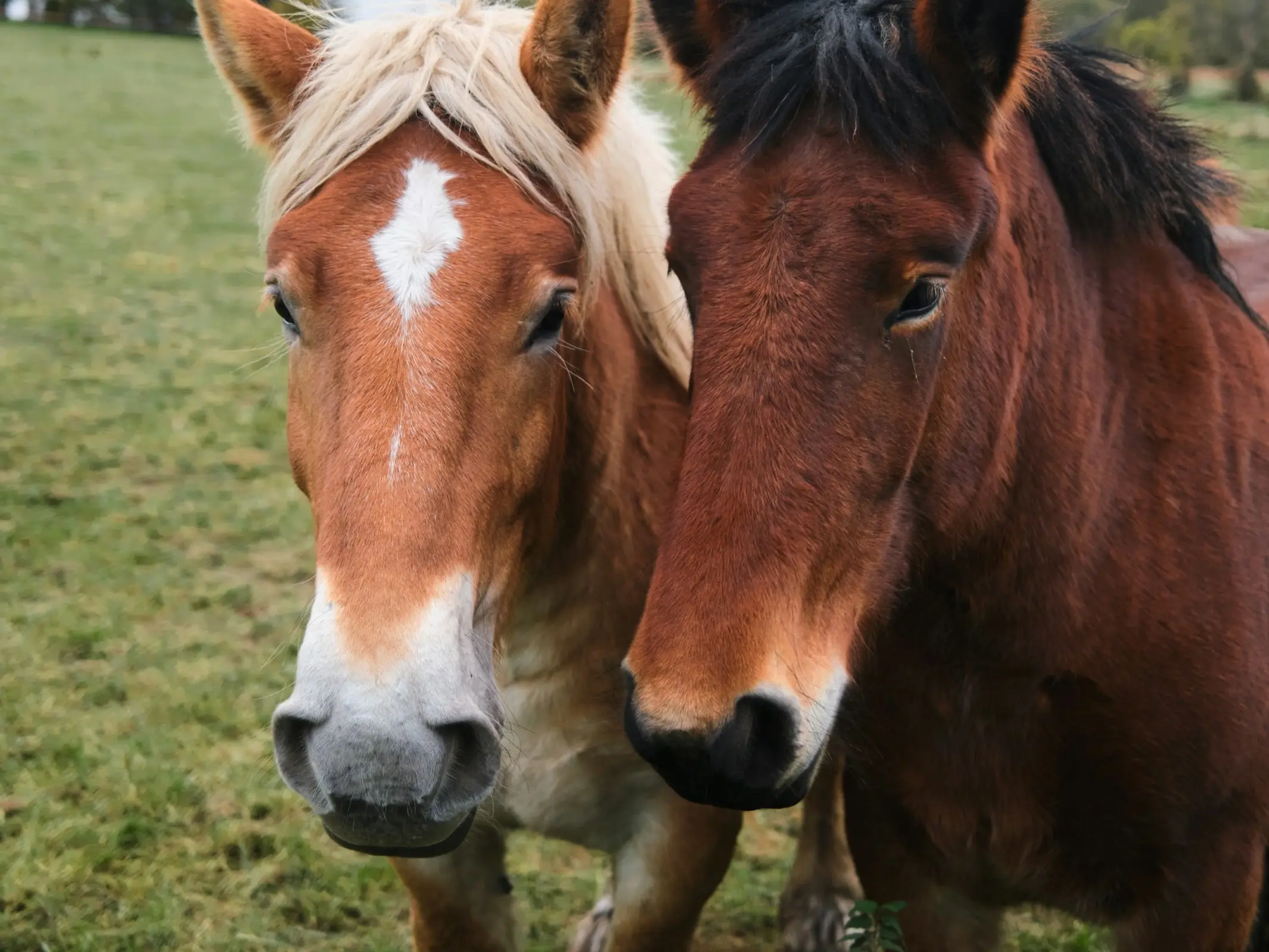
Light hair around the muzzle.
Mealy Breeds
This modifier may have a connection with primitive coloring as it can be found in various wild equid breeds including Przewalski’s horse as well as some of the old northern breeds like Norwegian Fjord horse, British Exmoor Pony and the Austrian Haflinger. In addition, almost all domestic (and some wild) donkeys also display the pangaré modifier. Some might say that it’s part of their charm.
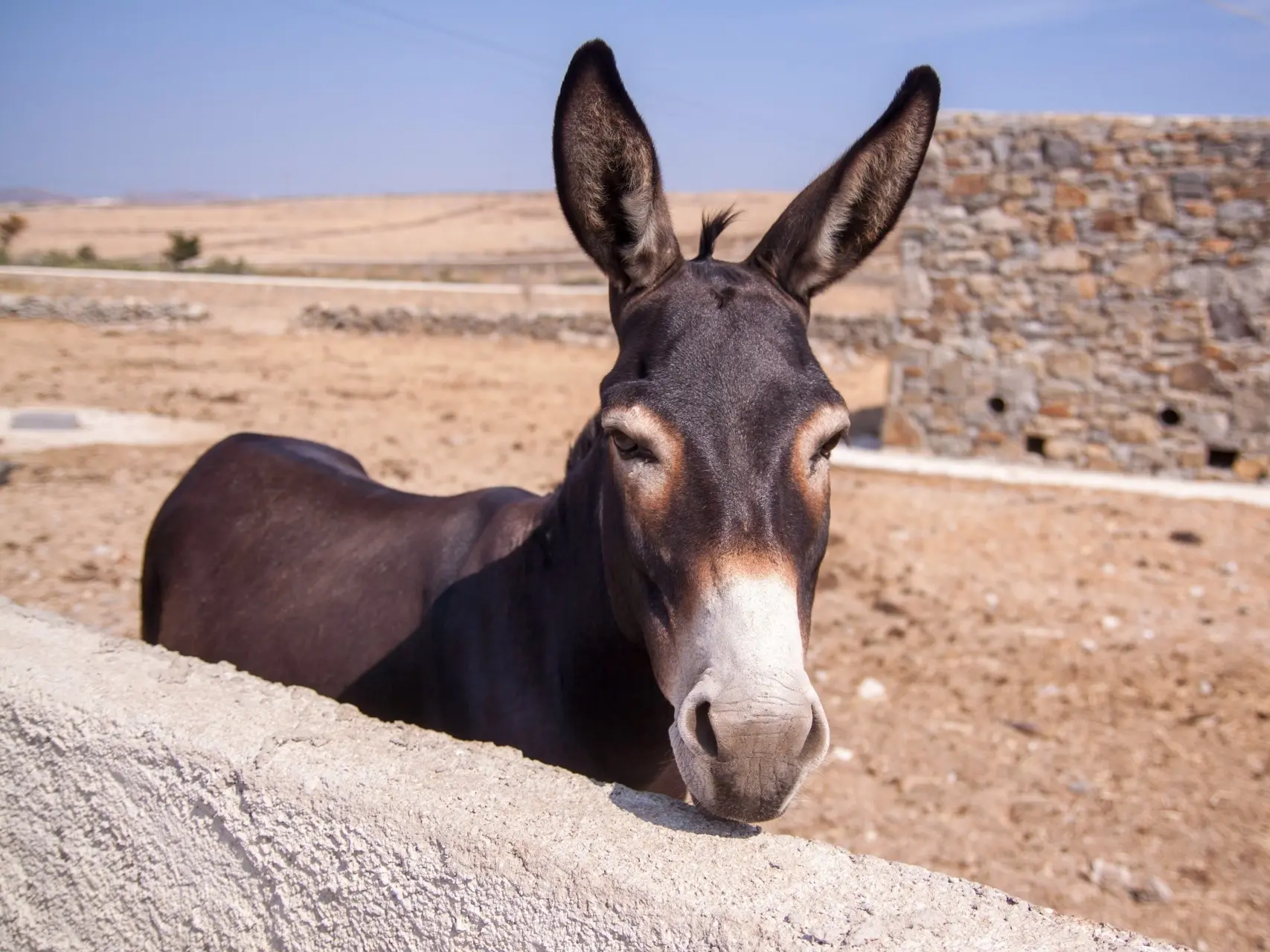
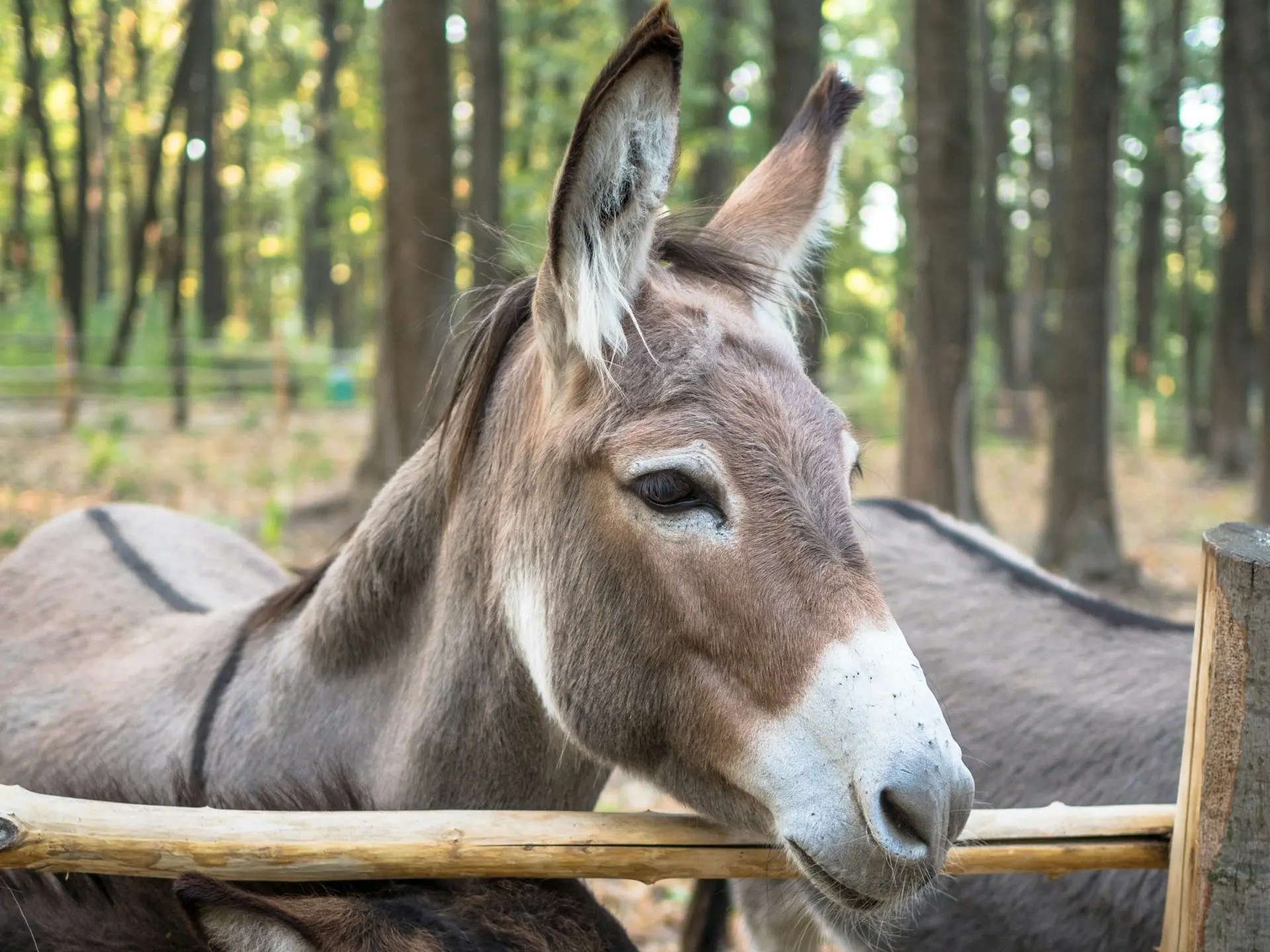
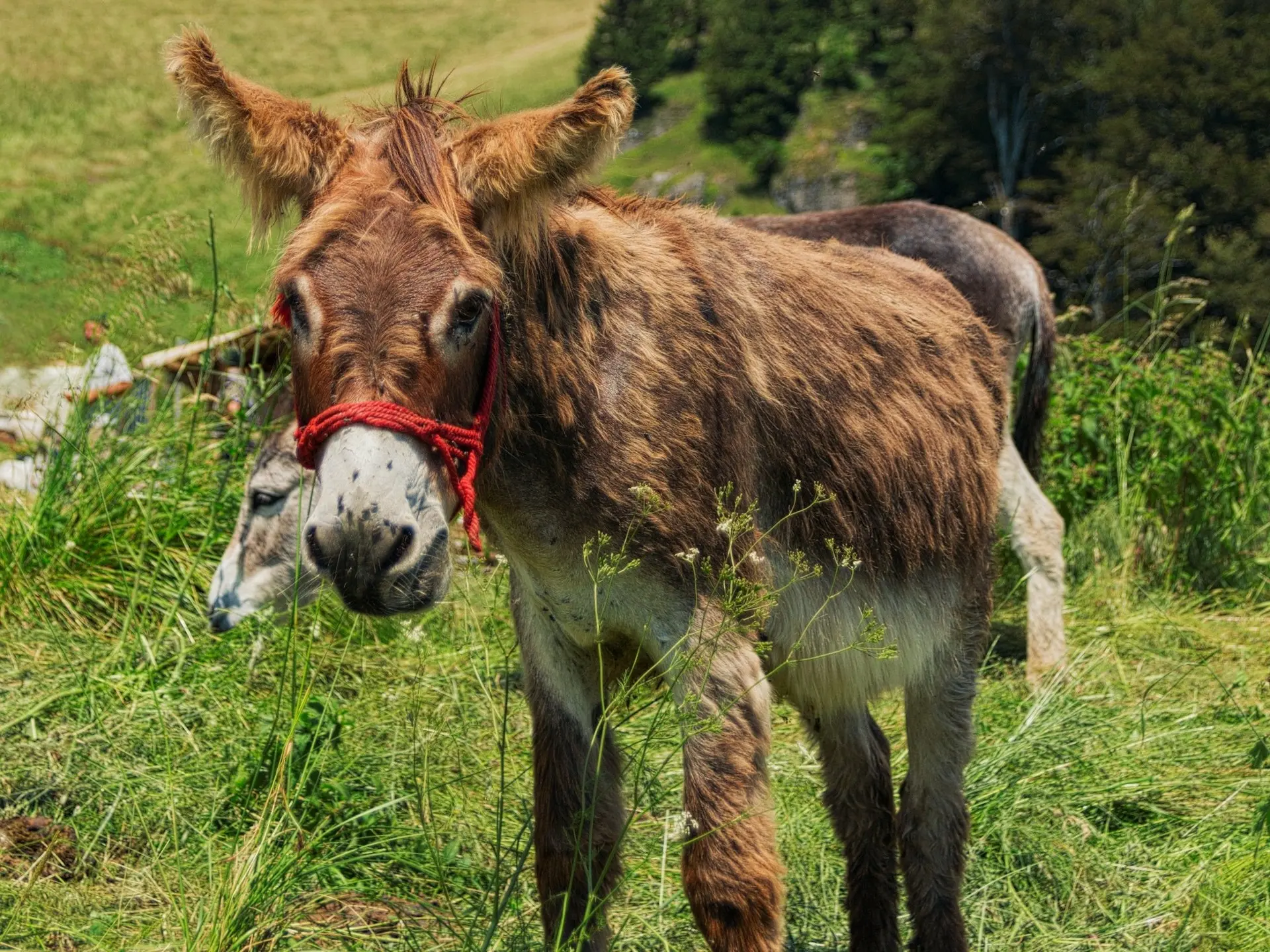
Mealy Shades
While mealy doesn’t affect true blacks, when associated with a black base it is called a ‘carrier’ gene. On chestnut coats, it can present itself as flaxen by creating a blonde mane and tail.
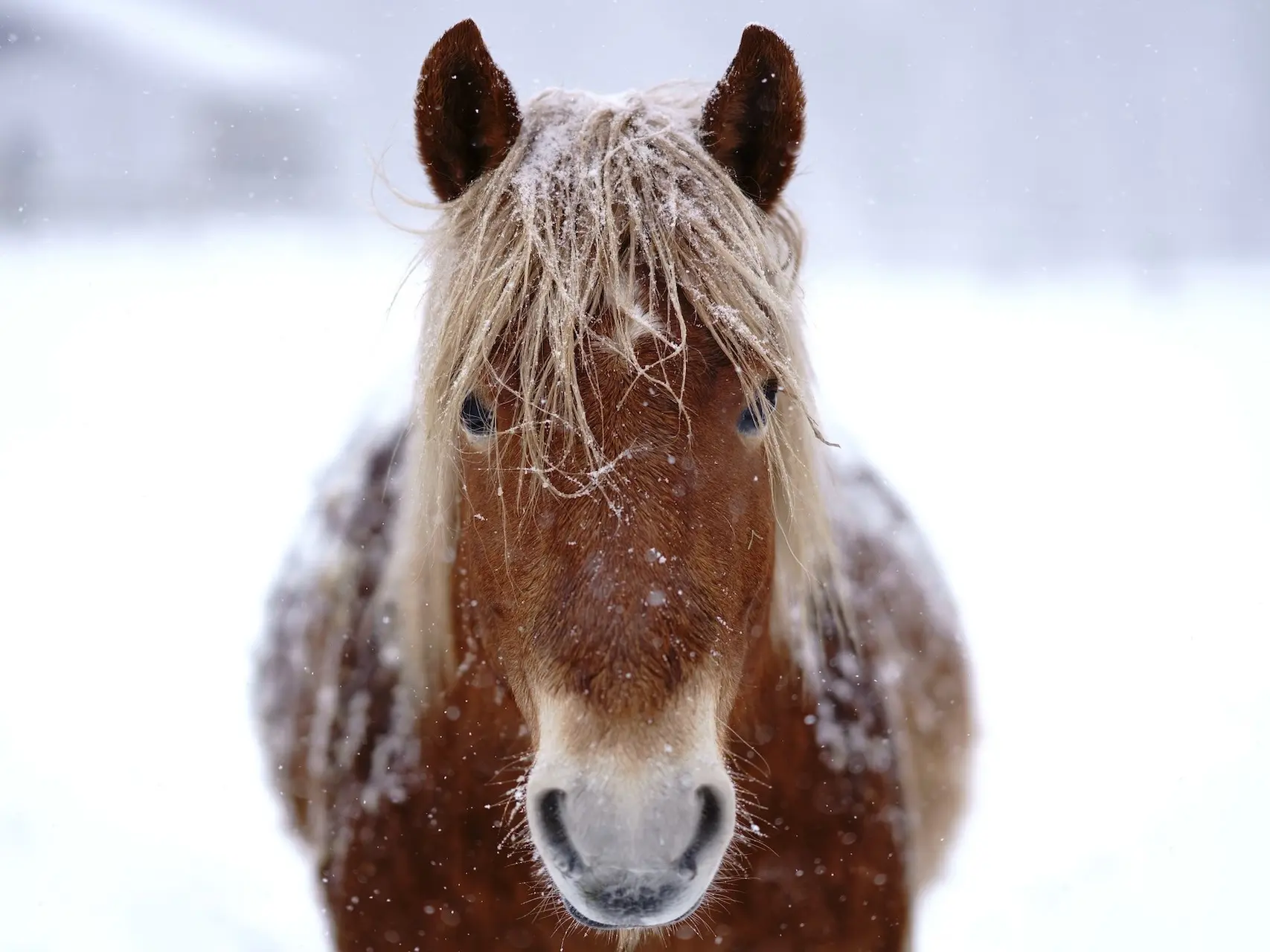 Chestnut Base
Chestnut BaseChestnut mealy animals can be a bit less dramatic than darker colors and can often display flaxen mane and tail.
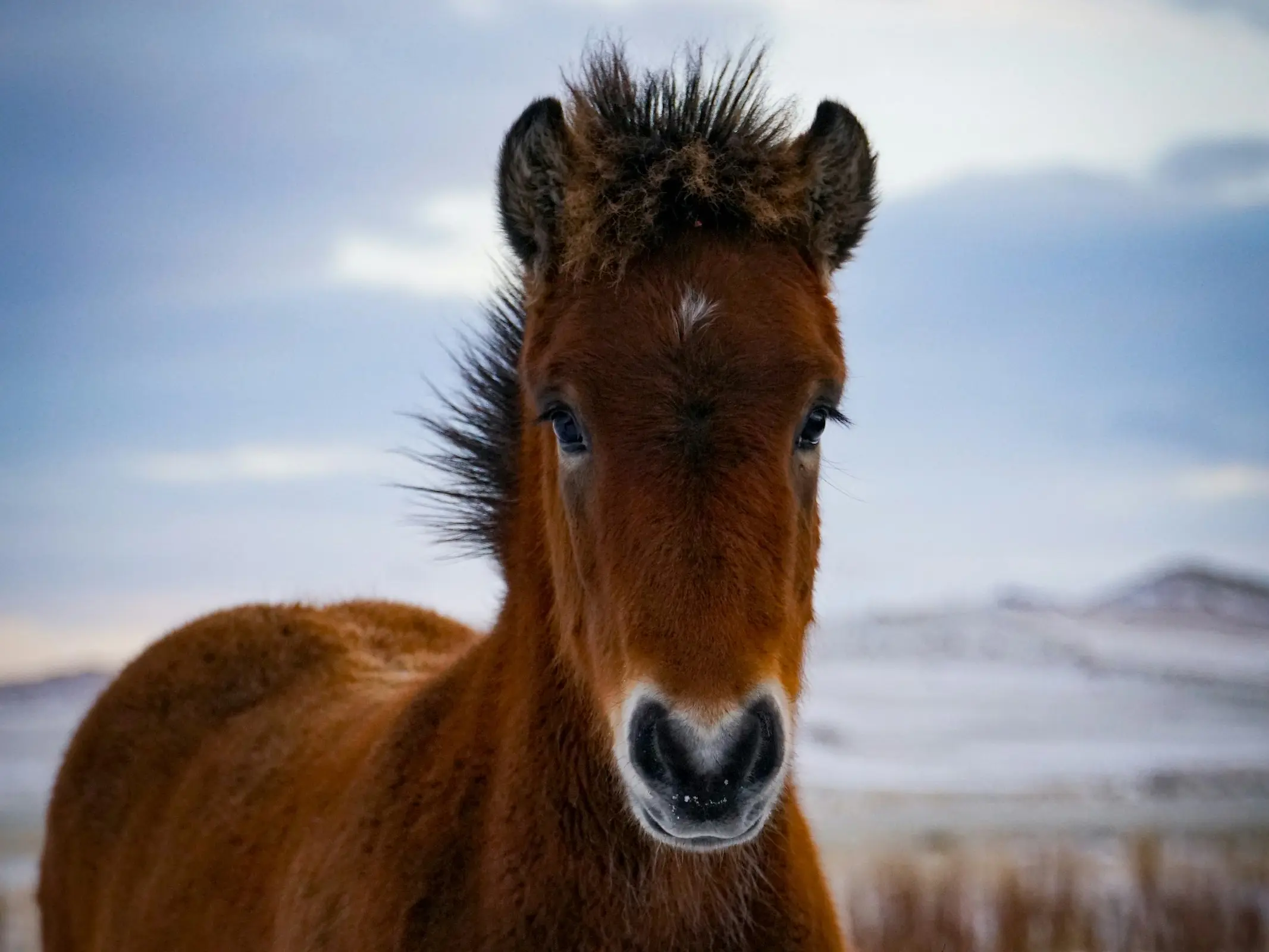 Bay Base
Bay BaseOn a bay base, the mealy characteristics are much easier to identify and this is a commonly seen combination.
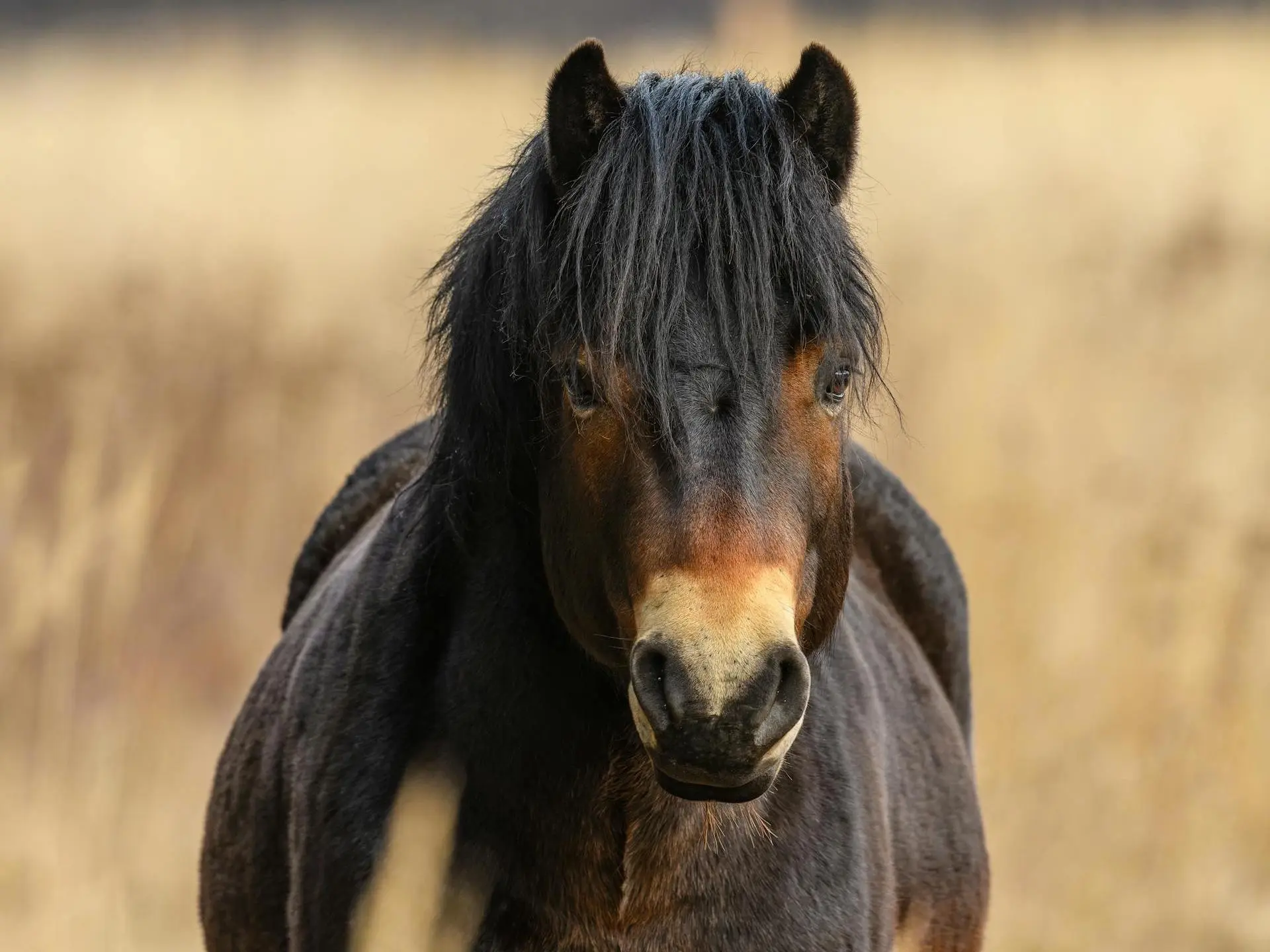 Seal Base
Seal BaseSeal mealy animals can be difficult to distinguish from a pure brown, but will generally retain some red hairs.
Mealy Modified and Diluted
Mealy animals may also be affected by other modifiers and dilutions, some of them can mask visual mealy identifiers.
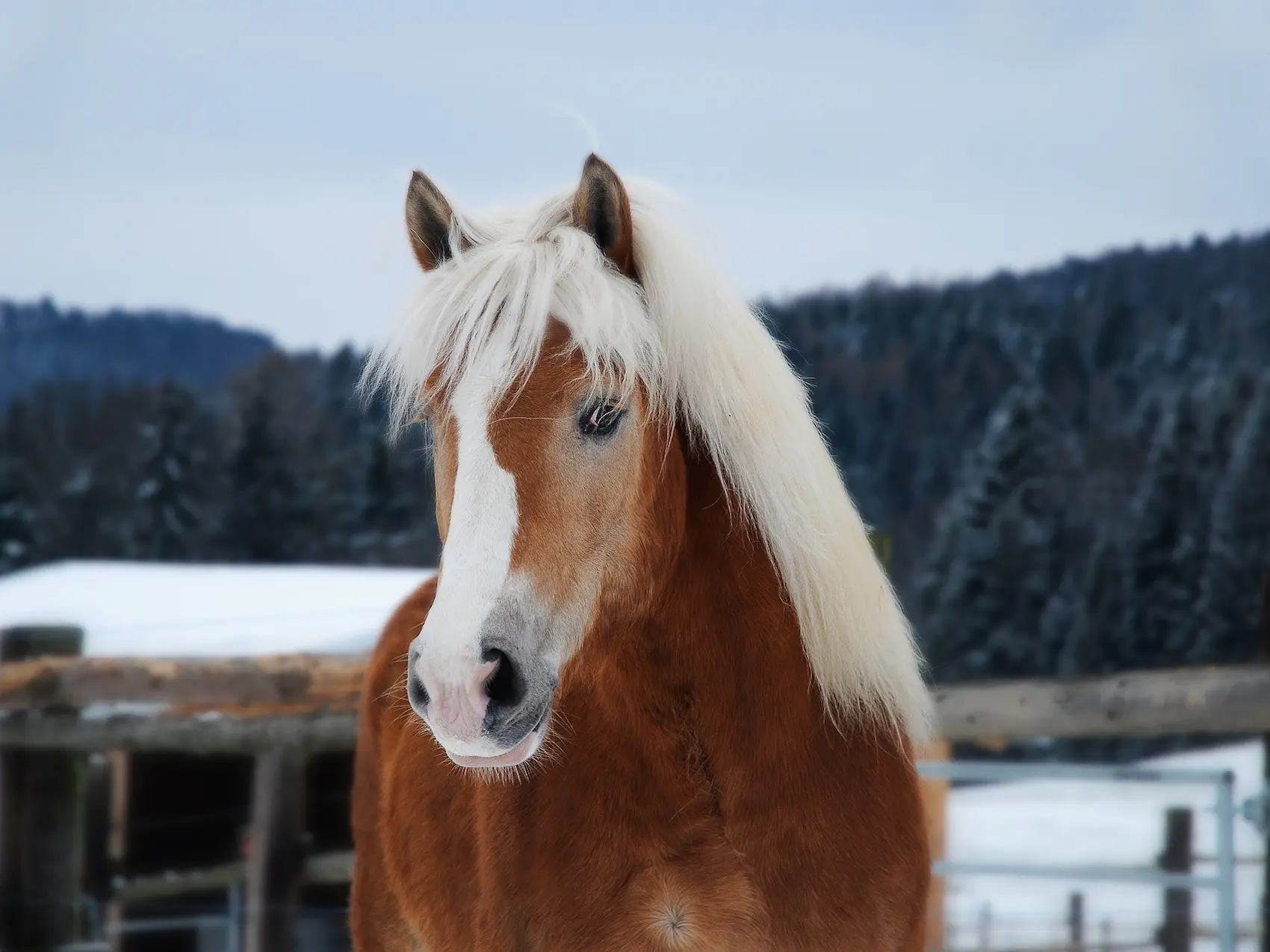 Flaxen Modifier
Flaxen ModifierThe flaxen modifier changes the mane and tail hairs to various shades of flaxen, a trait that mealy can mimic.
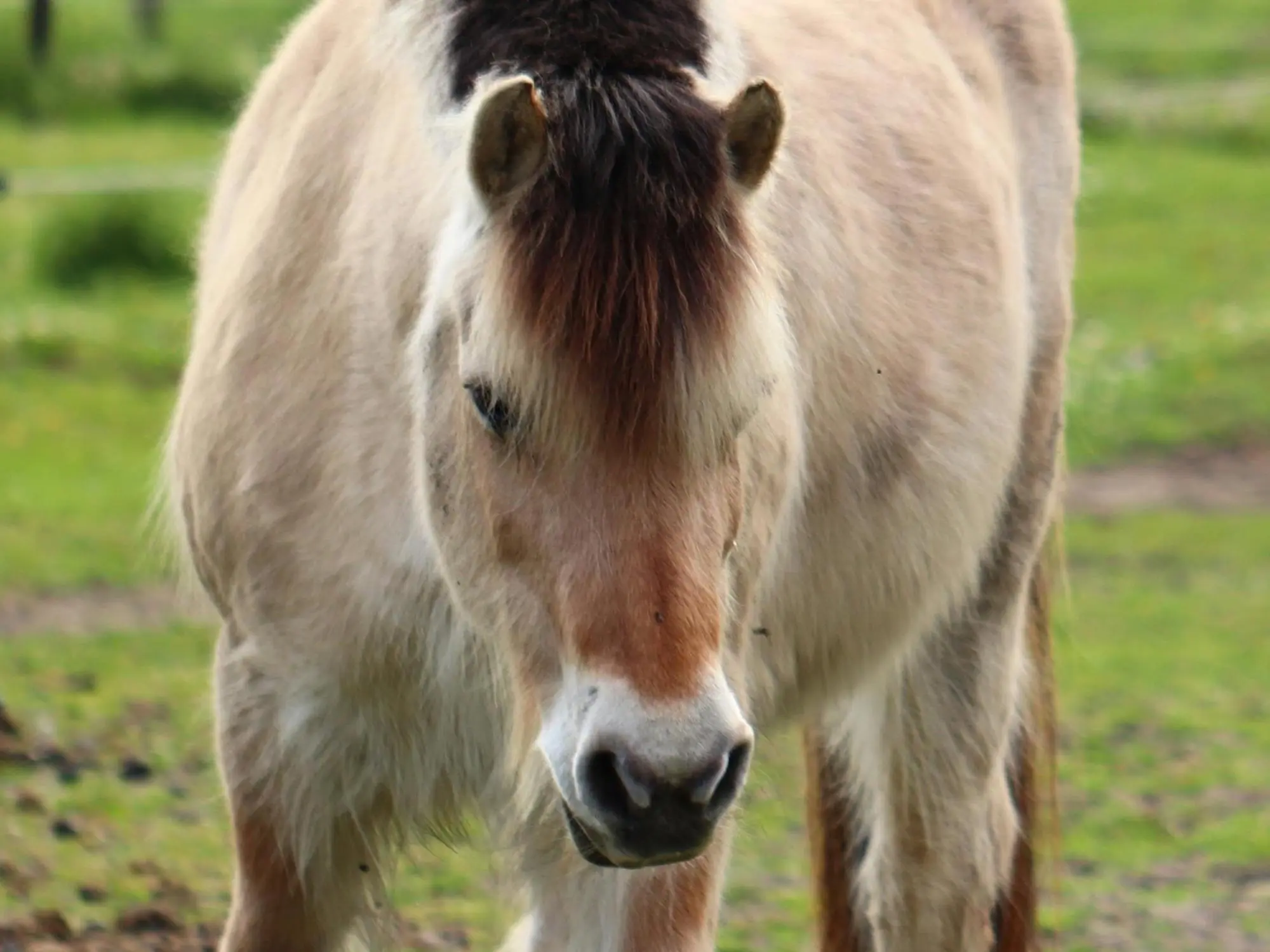 Dun Dilution
Dun DilutionWhile mealy is recognized by the light muzzle, dun is defined by their dorsal stripe, making identification fairly easy.
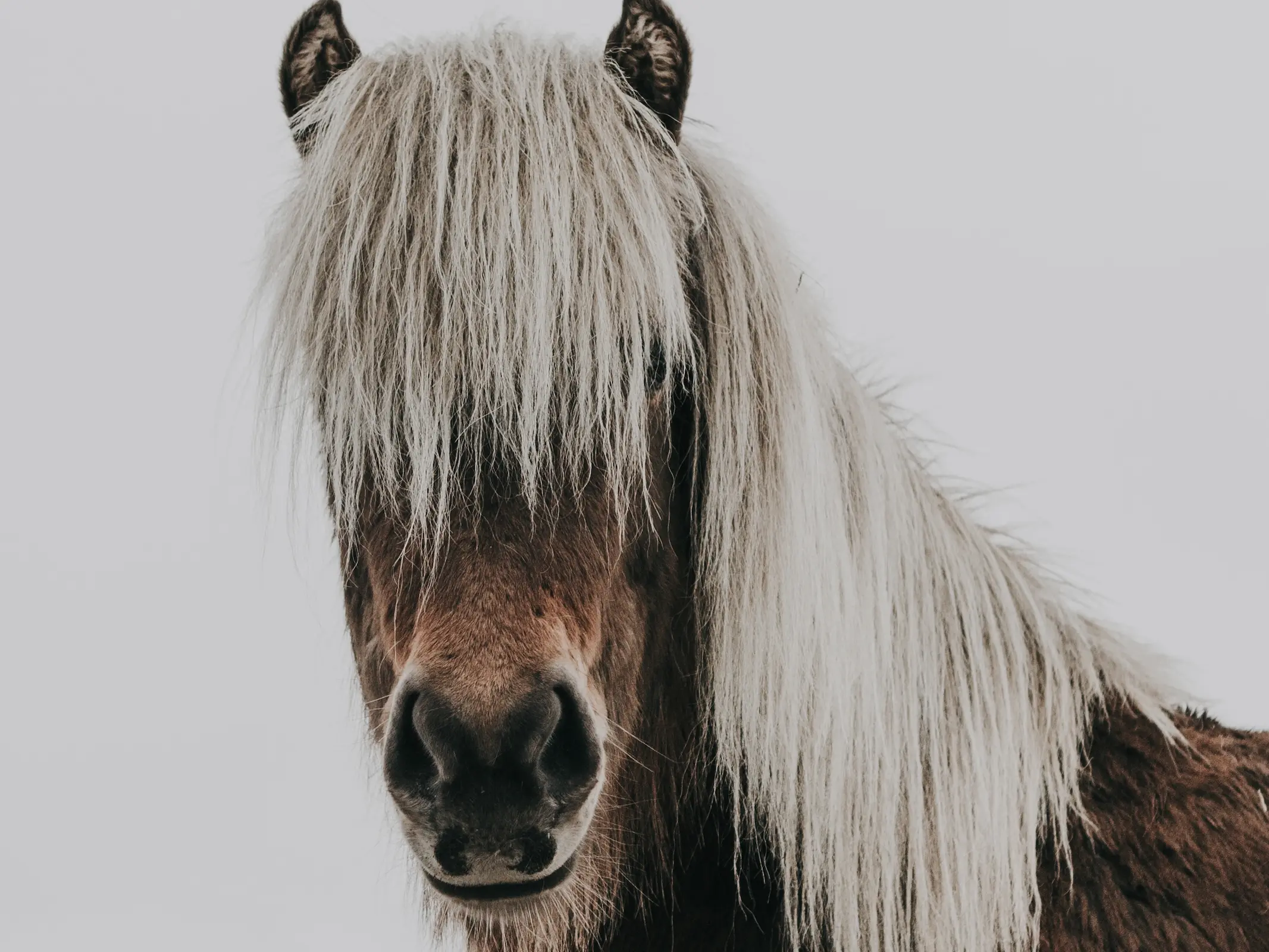 Silver Dilution
Silver DilutionA rare combination, silver may mask pangaré characteristics, but only affects black hairs, creating colorful results.
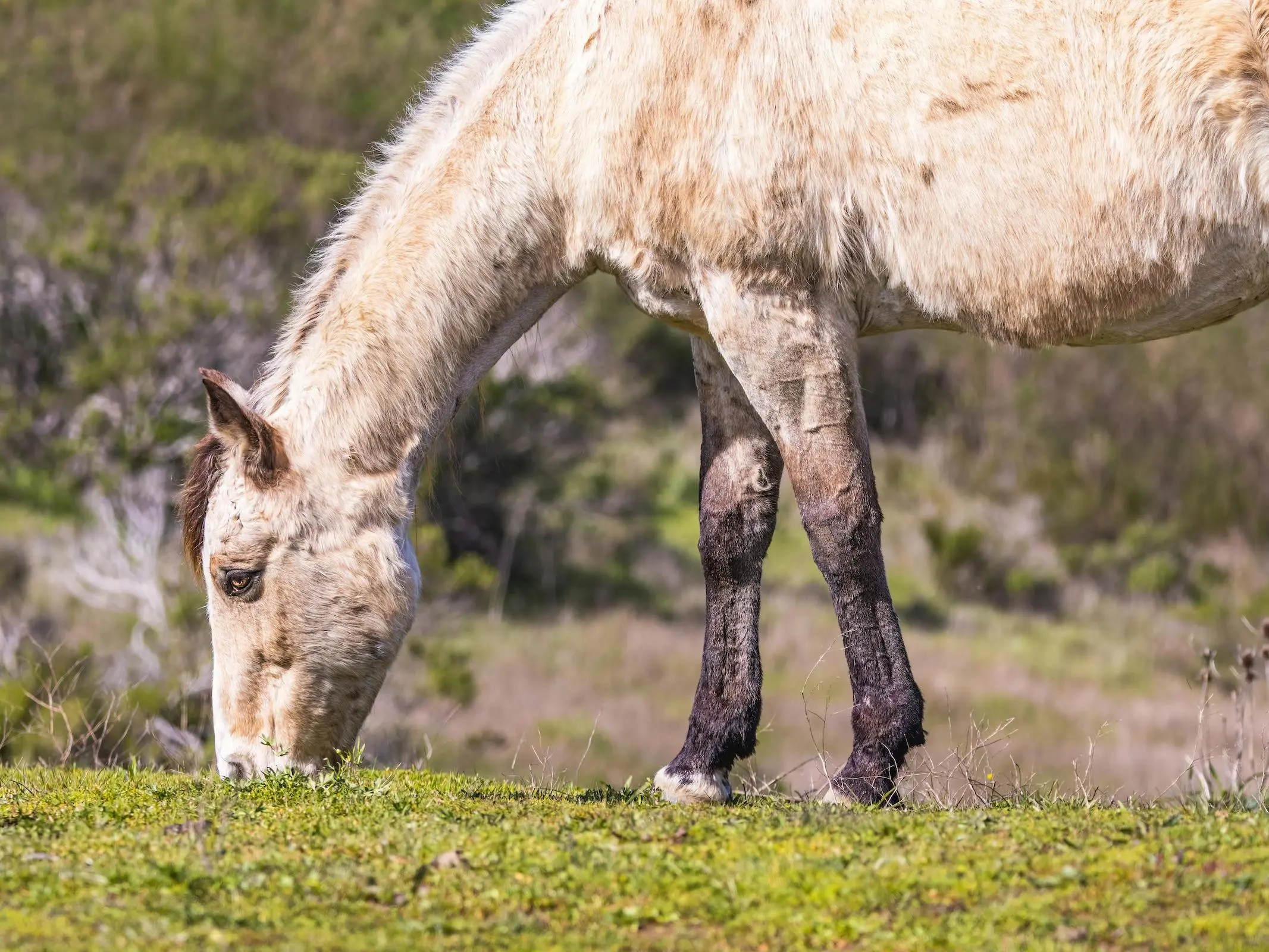 Champagne Dilution
Champagne DilutionMealy only lightens the soft spots of an animal. This could be make them more difficult to visually identify.
White Patterns on Mealy
The white patterns affect most of the other dilutions and modifiers in the horse color world, although they can mask identifying characteristics. Perhaps easier to recognize on roan or rabicano animals, appaloosa and pinto can mask mealy traits almost entirely.
 Roan
RoanRoan patterns can mask some of the mealy traits, but their face generally remains the base color, allowing the lightened muzzle to show.
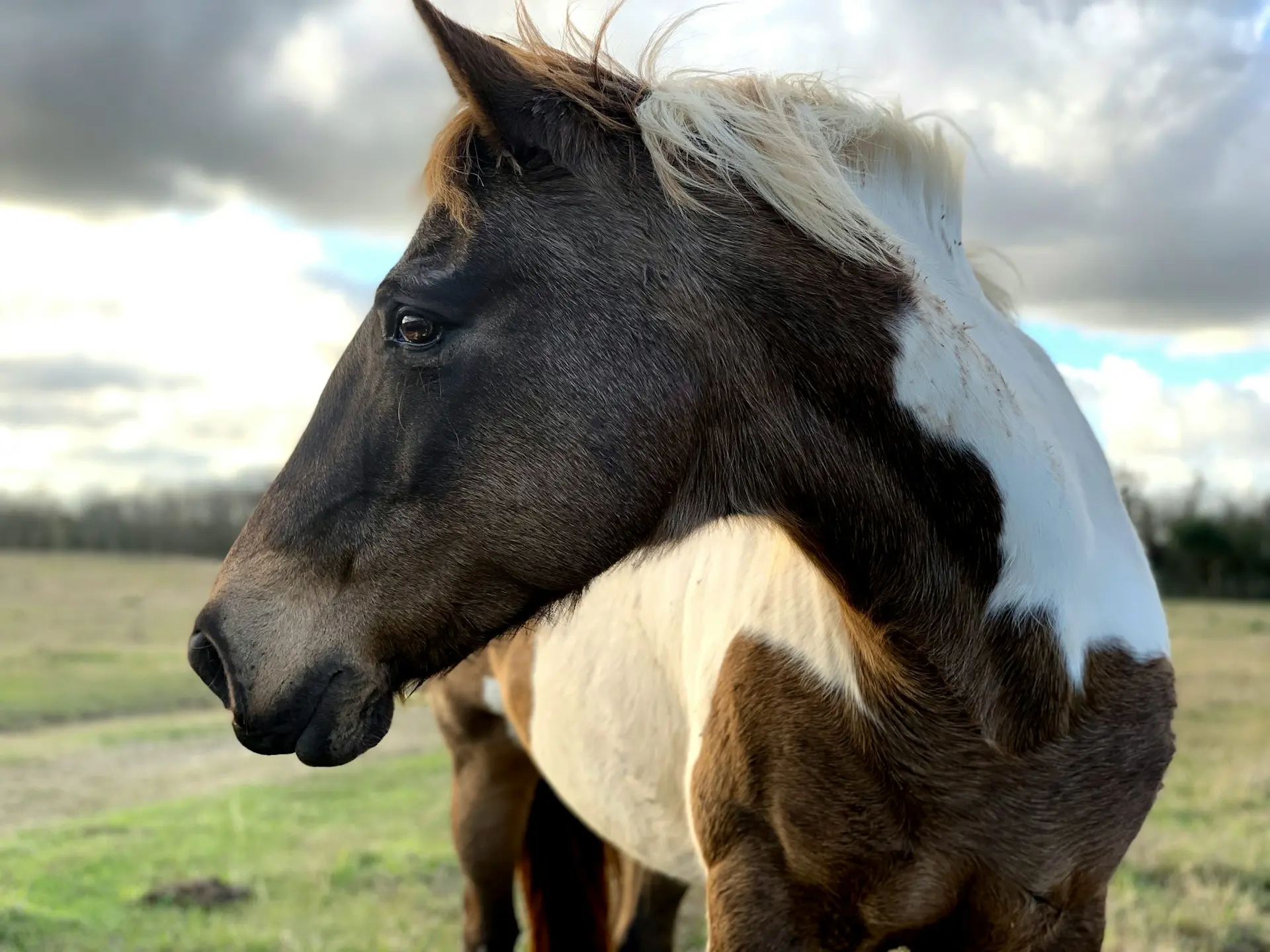 Pinto
PintoSome of the pinto patterns can mask mealy characteristics entirely, unless the muzzle is the base color, it’s difficult to identify.
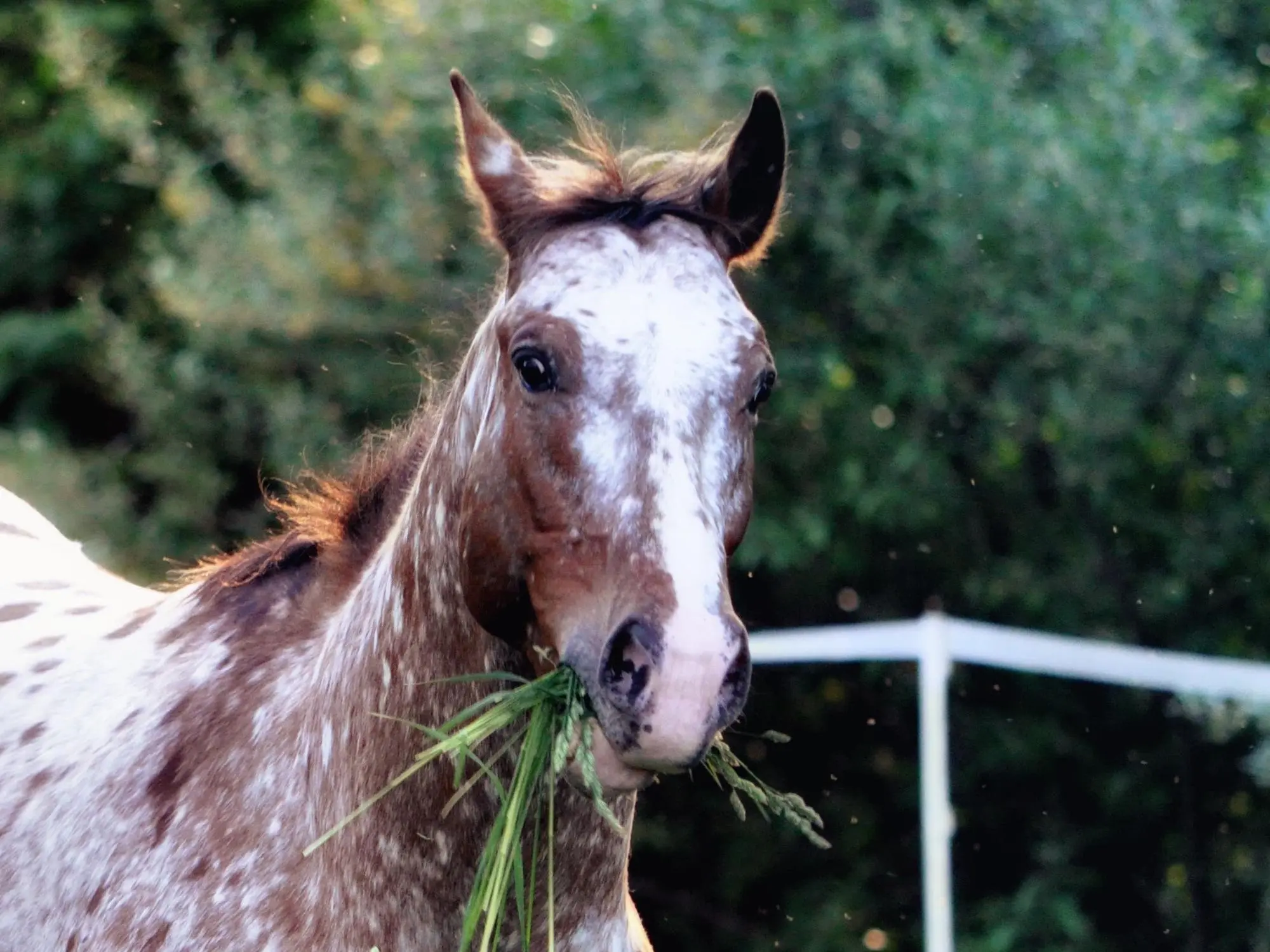 Appaloosa
AppaloosaAppaloosa patterns can easily mask mealy characteristics, depending on the pattern and amount of white on their body.